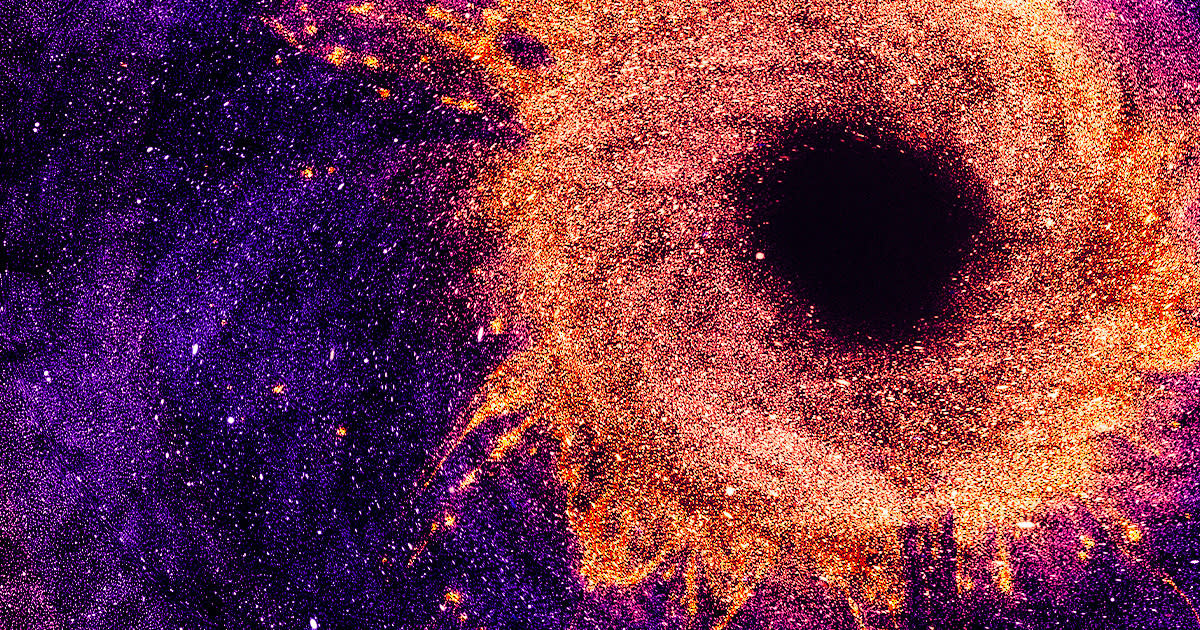Scientists Attempt to Explain Why Hundreds of Stars Disappeared From Night Sky

Haze of Glory
Stars shouldn't just disappear from the night sky without a trace. They should either dim, or if massive enough, explode spectacularly. And yet, astronomers have documented at least 800 cases of stars vanishing in an instant — and without warning — over the past 70 years.
In some cases, stupefied sky watchers witnessed a star in the sky in one hour, and in the next came back to find it gone, never to return.
Now, new research could finally unravel this mystery. Led by astronomers at the University of Copenhagen, a study published in the journal Physical Review Letters suggests that the incredible mass of these stars is causing them to directly collapse into a black hole, where any evidence of their demise would be instantly swallowed.
"Were one to stand gazing up at a visible star going through a total collapse, it might, just at the right time, be like watching a star suddenly extinguish and disappear from the heavens," said study co-author Alejandro Vigna-Gómez at the Niels Bohr Institute in a statement about the work. "The collapse is so complete that no explosion occurs, nothing escapes and one wouldn't see any bright supernova in the night sky."
Dark Pipeline
When a massive star at least eight times heavier than our Sun dies, it collapses near-instantly under the weight of its own gravity. This causes an epic explosion called a supernova that releases so much energy that it can outshine its own galaxy. The aftermath is the formation of a black hole or an extremely dense neutron star.
Or perhaps this explosive stage of stellar evolution is being bypassed, in which case a sufficiently massive star collapses straight into a black hole. The researchers aren't the first to propose this so-called "total collapse" theory, but they have provided some of the most compelling evidence yet supporting it.
Their evidence comes from observations of a binary star system, VFTS 243, where a star ten times the mass of our Sun and a black hole are orbiting around each other in a morbid dance. This is an "extraordinary system," Vigna-Gómez says, because it contains almost no evidence of a supernova.
"The orbit of the system has barely changed since the collapse of the star into a black hole," he added.
Kicking and Screaming
Namely, the astronomers couldn't find any signs of a "natal kick" — an acceleration induced in a star when it explodes caused by all the mass it ejects into space. In fact, there was no evidence that the orbits of the two objects were disturbed. Instead, the researchers say, most of the energy was lost via subatomic particles called neutrinos which interact with gravity extremely weakly.
More work will be needed to firmly put this mystery to bed, but these findings will serve as an "important reality check" on models of stellar evolution, said study co-author Irene Tamborra from the Niels Bohr Institute.
"And we certainly expect that the system will serve as a crucial benchmark for future research into stellar evolution and collapse," she added.
More on stars: High Percentage of Stars Have Eaten a Planet, Research Finds

 Yahoo News
Yahoo News 
